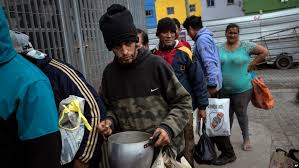
Executive Summary
This report examines the current economic situation in Argentina under the leadership of President Javier Milei. It provides a historical background, an analysis of inflation trends, the real impact on citizens, and a comparison with other global economic crises. The report also includes expert opinions, potential alternative strategies, and a discussion of Argentina’s future economic trajectory.
1. Introduction
Argentina has faced severe economic turmoil for decades, with recurrent cycles of hyperinflation, debt crises, and political instability. President Javier Milei, elected on a platform of radical economic reform, has undertaken aggressive policies to combat inflation and reduce government spending. While statistical indicators suggest some improvement, the real situation on the ground paints a more complex picture.
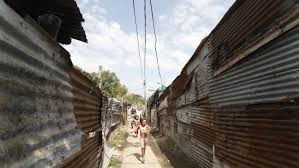
2. Historical Context of Argentina’s Economic Crises
Argentina’s economy has long been characterized by periods of rapid growth followed by severe downturns. Key historical economic collapses include:
- The 1980s Debt Crisis: Triggered by excessive borrowing and mismanagement.
- The 2001 Economic Meltdown: Resulted in widespread poverty and a loss of savings.
- The 2018-2019 Currency Devaluation: Argentina sought an IMF bailout as the peso collapsed.
Milei’s policies must be understood in the context of these past crises, where short-term economic gains often failed to produce long-term stability.
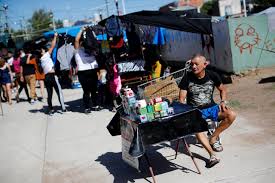
3. Inflation Trends and Government Policies
3.1. Milei’s Inflation Control Measures
- Dollarization proposal (yet to be fully implemented)
- Deregulation of markets
- Reduction in government subsidies
- Stricter monetary policies
3.2. Statistical Improvements vs. Real Impact
- Official data: Inflation dropped from 276.2% annually to 66.9%.
- Poverty rate: Decreased from 41.7% to 38.1%.
- Street realities: Growing homelessness, food insecurity, and social unrest.
4. The Human Cost of Economic Policies
Despite improved statistics, the day-to-day struggles of Argentine citizens reveal a starkly different reality. Many people are:
- Searching through garbage for food
- Sleeping in the streets due to rising housing costs
- Losing jobs in industries affected by government cuts
4.1. Voices from the Streets
Testimonies from real or reconstructed accounts highlight the hardships faced by ordinary Argentinians.
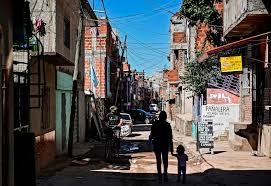
5. Argentina Compared to Other Economic Crises
- Venezuela’s hyperinflation: Similar government mismanagement led to an economic collapse.
- Zimbabwe’s devaluation crisis: Uncontrolled money printing eroded purchasing power.
- Greece’s austerity measures: Severe economic contraction followed IMF-imposed reforms.
Lessons from these nations indicate that policy execution and governance play a key role in determining success or failure.
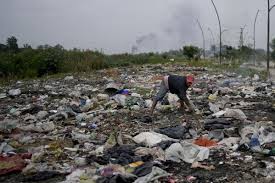
6. Alternative Economic Strategies
Experts debate whether Milei’s policies are sustainable. Alternative proposals include:
- Strengthening local production instead of relying on dollarization
- Implementing gradual rather than extreme austerity measures
- Expanding social safety nets to protect the most vulnerable
7. Future Outlook and Conclusion
While Milei’s policies have produced some short-term statistical improvements, the long-term impact remains uncertain. Argentina’s economy stands at a crossroads, with potential pathways leading either to sustainable recovery or deeper instability.
This report suggests a cautious approach to economic policymaking, considering both macroeconomic indicators and their real-world effects on citizens.
